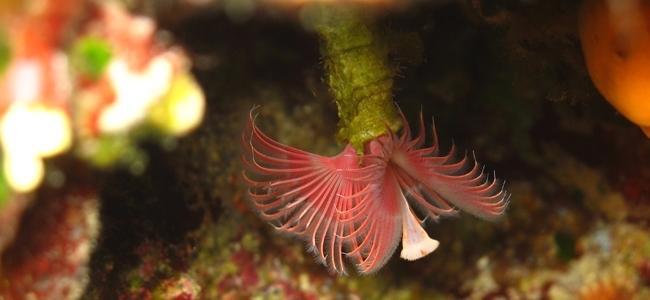There is a great diversity of species (>16,700) at the Annelids phylum, with species present in all seas and oceans, as well as a great variety of sizes, from a few millimeters to specimens that reach 3 meters (Amynthas mekongianus). Popularly known as worms, this term has no taxonomic validity due to the existence of so-called 'worms' in other phyla than Annelids, such as flatworms or nematodes.
Etymologically, the word Annelid comes from the Latin 'annellum' which means ring. Annelids are characterised by the repetitive presence of these rings (or scientifically known as methameres) throughout the body. Each metalmere contains all the organs and could therefore be considered as autonomous structures. Other characteristics of these animals are to possess a soft body, segmented (as we had previously mentioned), cylindrical and with bilateral symmetry. Many of them have some filaments called chaetas, which are used to sub-classify the species in the following groups:
Classification:

